Justin Casey – Determined Light
Posted on June 3, 2024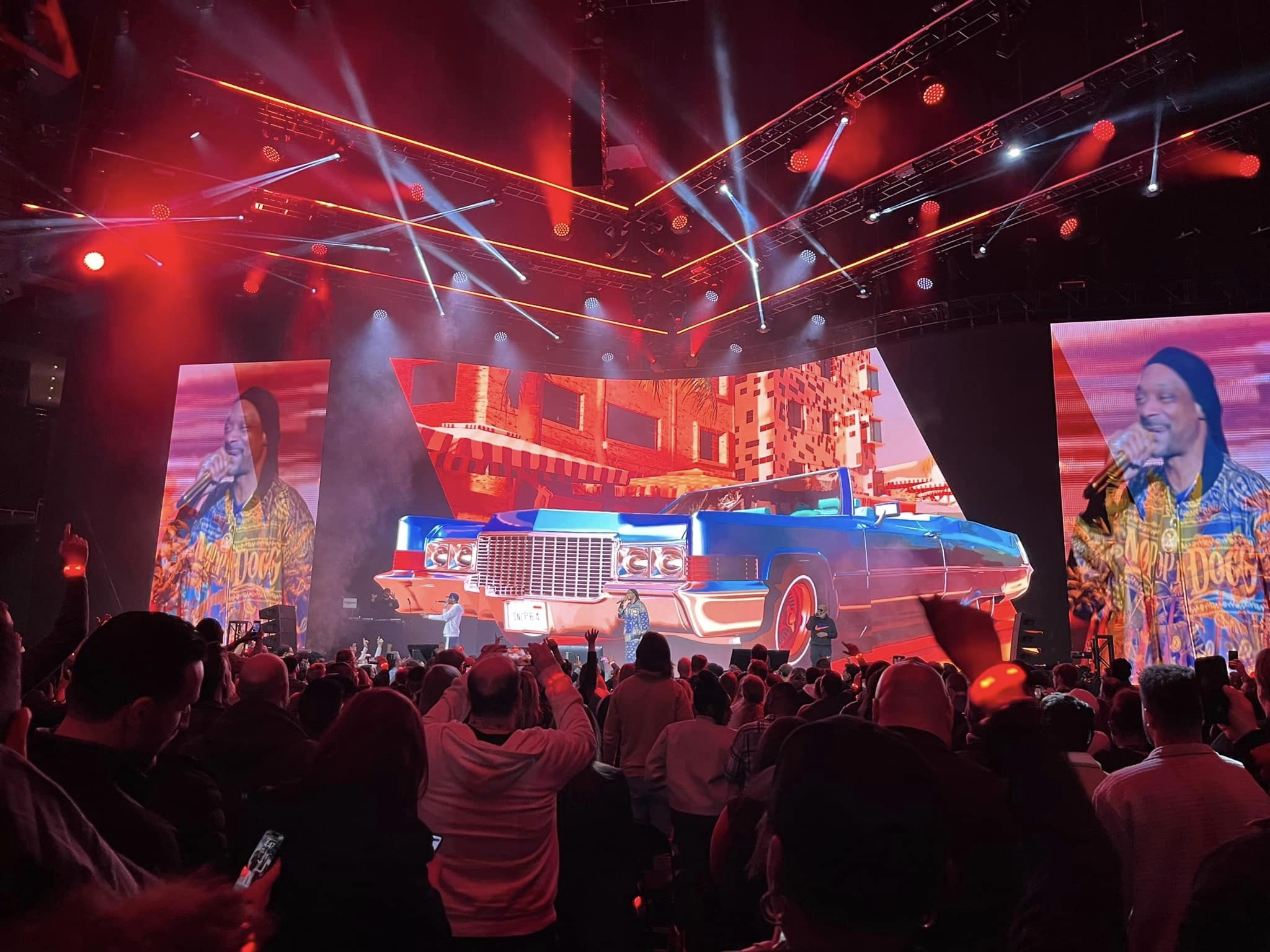
This Tennessee designer’s dance card was full going into 2020, when COVID hit, shutting everything down with a thud. Rather than waiting it out, however, Casey kept the doors open at his HELM Projects studio. There were some small livestream projects, but mostly, he and his crew spent their time learning new skills, particularly in the realm of video, as they dove deeper into things like generative effects and shaders. They also worked on developing new ways to incorporate lasers and pyro into their productions.
When the pandemic ended, they were more than ready. This was plain to see in Snoop Dogg and Wiz Khalifa’s widely acclaimed High School Reunion tour. Serving as the tour’s PM and lighting designer, Casey worked closely with content creator Chadrick Fellers and the team at Wasted Potential on a holistic stage production that merged lighting and video into a single immersive entity. The net result wasn’t so much a concert set design, as it was an all-embracing environment that allowed the show to live, breathe and grow right before the audience’s eyes.
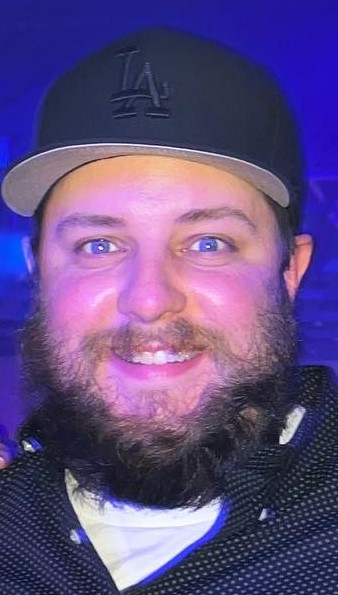 At the heart of this convergence is storytelling. The blending of light and video isn’t done simply to create stunning visuals, believes Casey, but to advance a narrative that connects audiences to the performers on stage. This was vividly evident in the High School Reunion tour, which took audiences on a visual journey through different eras in the careers of Snoop Dogg and Wiz Khalifa.
At the heart of this convergence is storytelling. The blending of light and video isn’t done simply to create stunning visuals, believes Casey, but to advance a narrative that connects audiences to the performers on stage. This was vividly evident in the High School Reunion tour, which took audiences on a visual journey through different eras in the careers of Snoop Dogg and Wiz Khalifa.
Such an achievement would have been difficult to imagine for anyone back in the dark days of COVID when Casey turned his studio into a learning lab. But the time and effort spent back then than have put him and his team on the cusp of a new era in design.
The determination that saw Casey through the lockdown and helped put him in the vanguard of a new lighting wave, was evident from the start of his career. He got bit by the lighting bug after high school when he stood by the FOH booth at a Saxton and STS9 NYE show. Deciding there and then to become a lighting pro, he started out as a stagehand and worked his way up a number of positions until he launched his own studio. Along the way he worked for a number of major acts in addition to his longtime client Snoop Dogg, including LSDREAM, Slightly Stoopid, Bassnectar and Big Gigantic.
Busily preparing for his next tour, Casey took time to talk about the power of mixing light with determination.
As production designer for the Snoop Dogg – Wiz Khalifa tour, you said that you approached designing the rig “around the concept of having a story board screen.” Can you elaborate on what you meant by that?
“When looking at a show with video elements there is usually a story or vibe to go with the music that we want to show with the video elements. When discussing this show with Snoop and Wiz they wanted to tell a story. So, when designing that rig, I made sure to have a space that we could play story content on for interludes.”
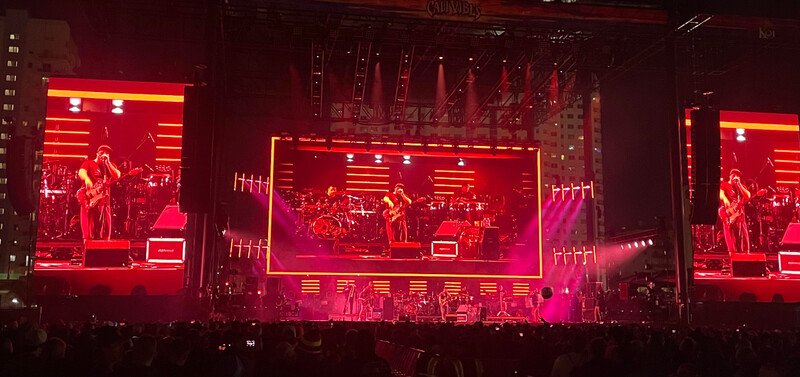
Given that there are so many more tools that can be used for storytelling today, do you think that more designers will treat shows as ‘narratives’ that have tales to tell?
“I think it is going to be a deeper conversation between designers, artist, and management about what they think about when they hear the music. Everyone has a vision of what the music sounds like to them. I think that we are seeing this narrative element a lot more in EDM and rap shows. I think rock and pop have been doing this for a long time and artist are just willing to invest in their shows’ productions, so they can develop these narratives more extensively.”
In the Snoop-Wiz tour, you worked closely with Chad Fellers and Wasted Potential who provide creative video content. Do you think video and light will be fused closer and closer making this kind of collaboration more essential?
“Yes, I think collaboration is key. This is where great shows come from. There are lots of content creators and designer working together nowadays. I think that it is becoming the new normal to have close collaborations between lighting and video, so that each element has its time to shine.”
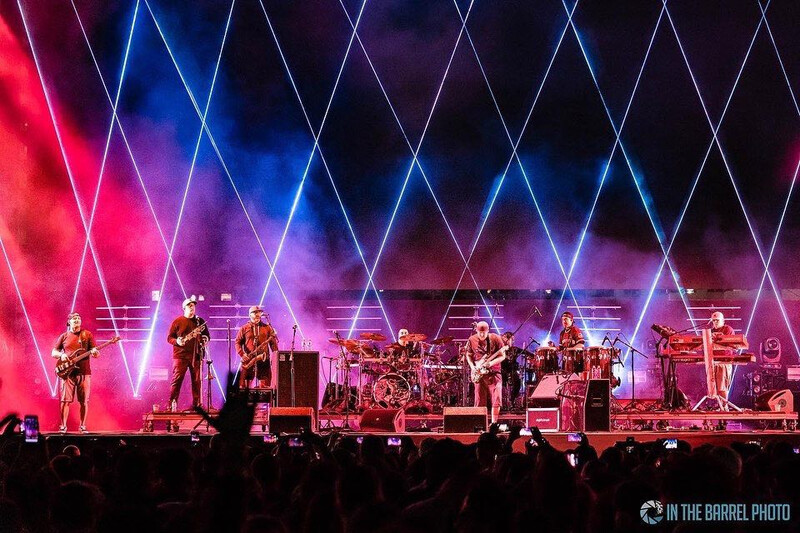
What is the key to making this kind of collaboration a success?
“Communication! This is so important to the process. This helps to ensure that ideas flow back and forth smoothly, and that all the great, new tools available today are used to maximum effect.”
On the subject of creative partnerships, you’ve been doing a great deal of work with Snoop Dogg. Why do you think you are clicking so well?
“Honestly, we just handle our business professionally and take feedback and keep improving on everything we do. We have a really good flow and the Snoop Dogg Team trust us to give valuable feedback about ideas and options. Snoop is good at throwing ideas at us and it is our jobs to make them possible.”
During the Covid lockdown, you kept the doors to your company open and invested time to help you and your crew learn new lighting skills. Now that things are open again, are any of those learned skills helping you and your team meet the challenges of lighting shows?
“Oh yeah. We were very ready to get to where we are today, because of the learning programs we followed during Covid. We took the time to keep our skills sharp and meet new clients and develop our processes more. This gave us a chance to train new techs on our team along with letting us be in a position to invest in our company and people. We are thriving and getting to hit milestones that we would have never thought were possible.”

On that subject, what do you think the biggest technological challenges facing lighting designers today? What new skills will they have to acquire to remain relevant?
“Keeping up with technology in the world of consoles along with fixtures is one of the biggest challenges I see for everybody in this business. I think learning new software programs or updates is something that can be challenging. So is learning how to program a new lighting fixture to get the maximum features in play for the job. I think we are seeing more lighting designers learning how to incorporate video, as well as special effects like lasers into their toolchests.”
At the end of the day, how do you judge the success of your own designs?
“Oh, this is a good one! Like most designers, I am the biggest critic of my own work. I think if the audience enjoys the show and the artist has a great time, then it is successful. I think we learn as designers what works and what doesn’t and are always looking to level up our skills and designs be the best we can be.”
You often pepper your shows with audience lighting, but do so in interesting ways, in terms of how you use color and light angles. How do light crowds without becoming repetitive or predictable?
“I like audience lighting. I think it is important for the artist to see the audience so that they can pick up that energy on stage. We keep it simple. With some artist they want to just see the crowd clearly when they are talking. We try to use colors to add a move to the crowd as well so the artist can see people dancing or singing along. Also, sometimes when we do broadcast shows it is important to be able to have the crowd also show up on the camera shots as well.”
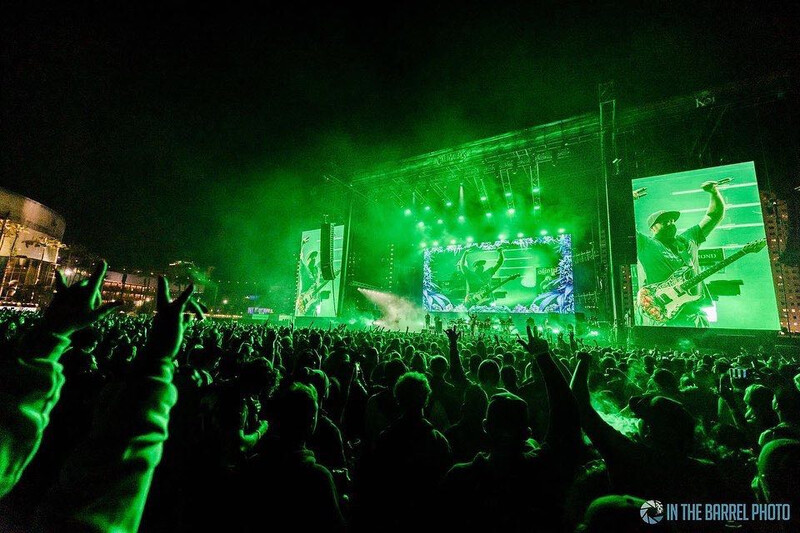
A moment ago, you mentioned special effects. On that subject, you use quite a bit of pyro. How do you use that without overusing it?
“Oh yeah, yeah, yeah! Absolutely, we love pyro! But as you suggest, we like limit how often we use it. We like to have it on some really big moments where we just need things to feel unreal for the audience. In EDM it’s really the biggest wow factor you can call up. We try to make sure that we have specific moments planned for when we design with pyro. I like for people to almost forget it is there until we hit it again and you get a massive crowd reaction out of it.”
In many of your projects, you’re not afraid to have multiple colors at the same time? What is your thinking about that verses those who say you should always stick to very few colors at once?
“It really just depends on the artist and vibes you are trying to achieve. There is something so simple as just a solid color palette across the whole stage. But there are also moments when having multiple colors just makes the vibe feel right. I think this also has to factor in with video content and what the color vibes are happening there as well.”
Do you have a favorite color to work with? Is there a color that your find most challenging to work with?
“Red is probably my favorite color to work with. It just adds so much depth and darkness to a stage. I do not think there is a color that is most challenging. I think most colors are easy to use. I think If I had to pick a least favorite color it would have to be pink. I still use it a lot when needed but It just isn’t a color I like as much.”
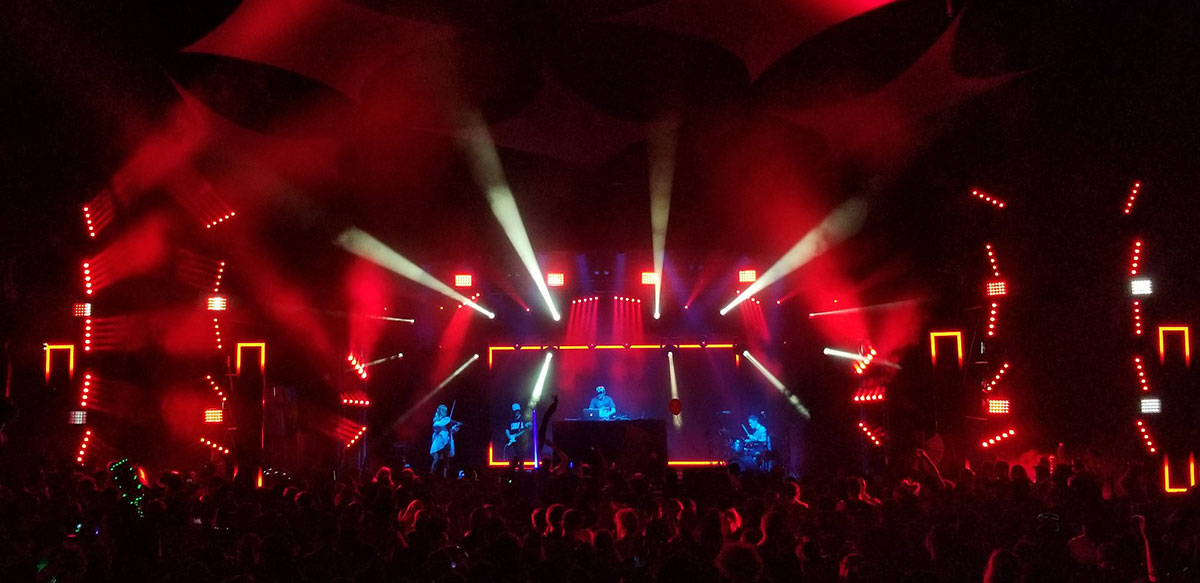
You worked with a wide variety of artists. Do you have to like an artist’s music to do a good job lighting it?
“I actually get this question a lot. I think it is helpful to like the music, but I do not think you have to like that music to light it. There have been several artists whose music is just not something that I really turn on and listen to in my car, but I have done a good job of lighting them and it been a great show. I think for me — I am here to do the job that I was hired to do, so I just try to make it as great as I can. Sometimes that means using different tools in the tool bag for that music.”
Which type of fixture is the most essential to designers today? Conversely, are there any fixtures that are over used?
“I think depending on the application, you can keep it simple with the essentials: hybrids or Strobes/Washes. Something that has lots of features that can be used in lots of different ways. I think beam fixtures can be overused, but I feel like most fixtures have a time and place to be used and where they are the most effective.”
How did you get started in lighting?
“I never even realized that having a career in lighting was an option growing up. After high school I went to a show one NYE and saw Saxton with STS9 and stood by the FOH booth and was just blown away by this guy running lights and dancing and just thought this was the coolest job I had ever seen. I started out as a stagehand working with a local company and learning as much about the different departments and how they operate. I started learning audio from other guys that were doing gigs in my hometown. Then I worked my way up from a shop/ prep tech in a local shop to a project/production manager where I learned about every department. I was always drawn to lighting and just put my focus on it after leaving the local shop and starting my own company.”
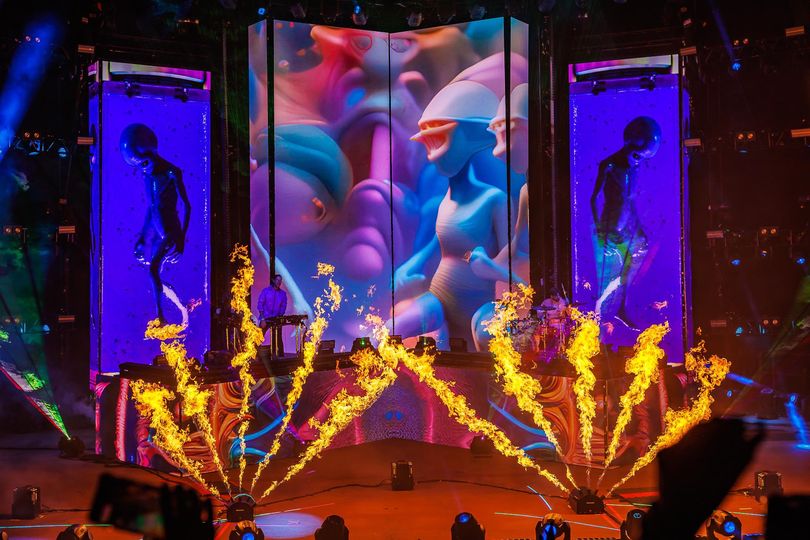
Do you ever procrastinate at the start of a project?
“Yeah, for sure. I think that is a little bit of the process for me. I think just taking time to think about ideas and looking at inspiration really helps my process. Sometimes managing multiple projects leaves me putting a priority on some projects, which results in me procrastinating on others. But a design may go through multiple revisions in my head before I even start to draw ideas for projects.”
Is there a Justin Casey type of look?
“Not so much. A lot of people know I like what I call a churn, which is a Pan / Tilt sin wave with the entire rig making it look like it twists. Then when I use lasers for EDM I love using the dots that go to the bass of the music to make it feel like the lasers are headbanging with you.”
What is the one thing you want people to know about you as a lighting designer?
“That I am a production nerd. I understand all other elements of production thoroughly which makes me a valuable lighting designer. This helps me keep the rigs in budget, in tour friendly configurations, and will fit with all other elements to make for a smooth experience.”